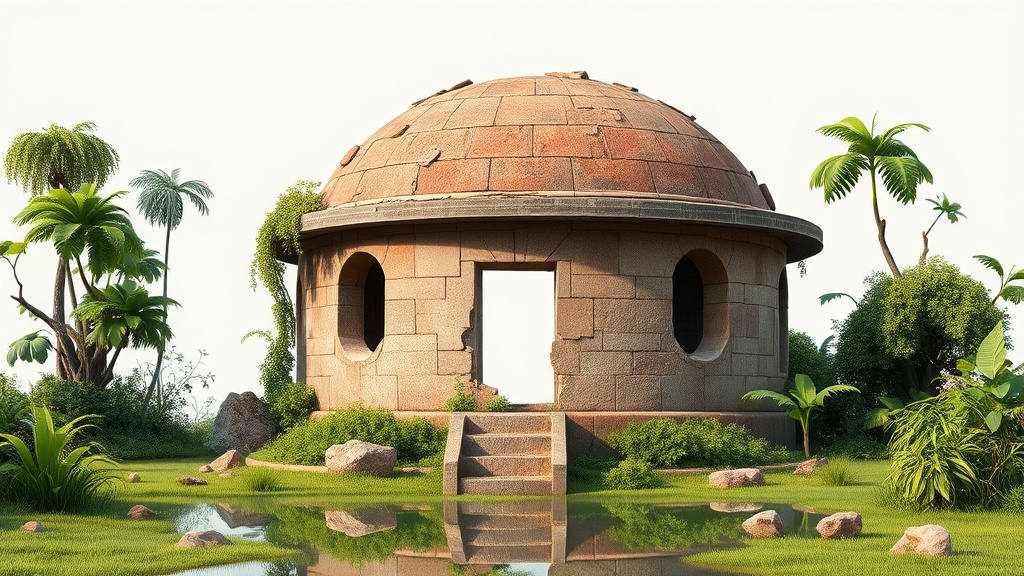Home / Lifestyle / Lucknow's Forgotten Relics: Uncovering the Hidden Histories of Ancient Water Structures
Lucknow's Forgotten Relics: Uncovering the Hidden Histories of Ancient Water Structures
23 Oct
Summary
- Numerous ancient, dilapidated pucca tanks and baolis in Lucknow
- Structures built by various individuals and communities, now in ruins
- Tanks and baolis with historical significance and unique stories

As of October 2025, Lucknow district is home to a large number of ancient, dilapidated pucca tanks and forgotten baolis (stepwells), many of which hold historical significance and unique stories. These structures, built by various individuals and communities over the centuries, once served as vital water sources and community gathering spots for the local population. However, in the present day, many of these architectural gems now lie in ruins, their past grandeur slowly fading away.
One such example is the tank at Katra Bakkas, known as the Kashmiri Tal, which was purchased by a Muslim official from its previous owner, Pandit Lakshmi Narayan Dar of Lucknow, as recorded in the book 'Wajib ul Avz'. Another notable structure is the famous tank in the adjacent Malihabad town, constructed during the Nawab's rule and now a site for annual fairs. The tank, built by Radha Kishna Ji, is known as the 'Binni Shah Ka Talab'.
Beyond the grandeur of the Shahi Baoli, several lesser-known stepwells across Lucknow stand as forgotten relics of the past. These include the Subhadra Ki Baoli, the Chetram Ki Baoli, the Kashmiri Mohalla Baoli, and the Nakati Bawali, each with its own unique history and architectural features. While some of these structures have been partially renovated, many remain in a state of disrepair, their stories ravaged by the passage of time.
Efforts are now underway to uncover the hidden histories of these ancient water structures and preserve Lucknow's rich architectural heritage for future generations. As the city continues to evolve, these forgotten relics serve as a poignant reminder of the region's vibrant past and the need to safeguard its cultural legacy.




